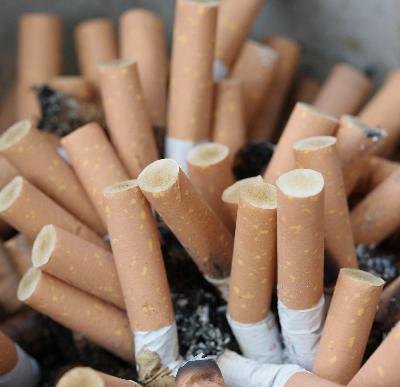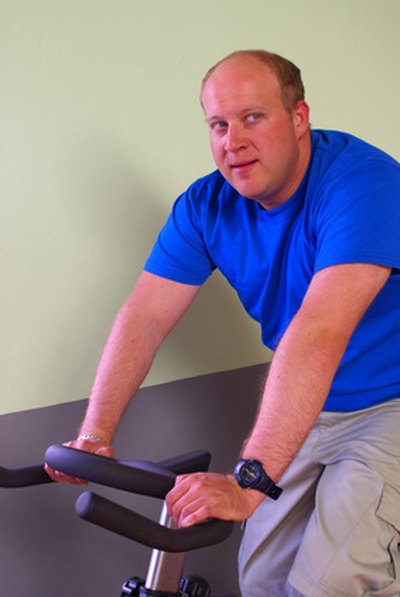Author
by
http://www.livestrong.com/article/29032-remove-nicotine-body/
by
It can take nicotine 48 to 72 hours or more to leave the body after quitting smoking. That might not be fast enough for people who want to stay off cigarettes. The nicotine left in your bloodstream will be there to cause cravings till you feed your body with more nicotine. If you are still smoking, forget about trying to rid your body of nicotine. The more cigarettes you smoke, the more nicotine you take into the body. If you really want to get rid of nicotine, quit smoking first. Then go on to methods that will help free your body of nicotine and speed up the recovery process.
Step 1
Quit smoking cold turkey. Nicotine therapies may help you deal with the emotional side of giving up smoking. If you want nicotine out of your system now, slow or step-by-step methods will still have your body craving nicotine.
Step 2
Drink lots of water, advises nicotinefree.org. It can help the body flush nicotine and other chemicals out of your system.
Step 3
Exercise to help speed up the body's metabolism rate, burning up the nicotine. Flush out the nicotine through your sweat. Heavy smokers might want to take it easy, depending on how out of shape they are. Take brisk walks if you haven't been active for a while.
Step 4
Take plenty of vitamin C and drink orange juice throughout the day. This also helps the metabolism rate, according to tipsonstoppingsmoking.net. Treat yourself to lots of strawberries, which are loaded with vitamin C.
Step 5
Do deep breathing exercises, especially if you get any urges to smoke. Sit quietly, close your mouth and inhale through the nose slowly, then slowly exhale. Feel your stomach as it rises and falls. Do this for a couple of minutes several times throughout the day.
Step 6
Avoid alcohol, sugar and coffee, which can trigger cravings for nicotine.
Step 7
Replace cigarettes with oral substitutes such as chewing gum, cinnamon sticks, hard candy or just a toothpick.
Step 8
Surround yourself with people who don't smoke, so you can continue using your no-nicotine efforts with success.
http://www.livestrong.com/article/29032-remove-nicotine-body/













